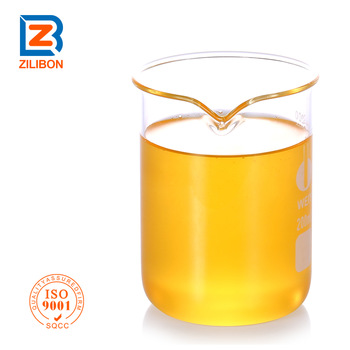Organic silicone defoamer has been favored by many businesses because of its advantages such as low addition, strong defoaming power and fast defoaming speed. It can be said that silicone defoamer has become an indispensable good assistant in production, so many customers choose silicone defoamer unconditionally when they buy defoamer, even though sometimes their own system is not suitable for using this type of silicone defoamer. The so-called: If you know both the enemy and yourself, you will fight a hundred battles without danger of defeat.Only by fully understanding the advantages and disadvantages of organosilicon defoamer, can we maximize the production efficiency.

Advantages of organic silicon defoamer:
(1) Wide application: Because of the special chemical structure of silicone oil, it does not dissolve with water or substances containing polar groups, nor with hydrocarbons or organic compounds containing hydrocarbons. Because of the insolubility of silicone oil to various substances, it has been widely used in both water and oil systems for defoaming.
(2) Low surface tension: the surface capacity of silicone oil is generally 20-21 dyne/cm, which is smaller than that of water (72 dyne/cm) and general foaming fluid, and the defoaming efficiency is better.
(3) Good thermal stability: Take dimethyl silicone oil as an example, it can withstand 150 C for a long time and over 300 C for a short time, and its Si-O bond does not decompose. It ensures that organosilicon defoamer can be used in a wide temperature range.
(4) Good chemical stability: Because the Si-O bond is relatively stable, the chemical stability of silicone oil is very high, and it is difficult to react with other substances. Therefore, as long as the preparation is reasonable, organosilicon defoamer is allowed to be used in the system containing acid, alkali and salt.
(5) Physiological inertia: Silicone oil has been proved to be non-toxic to humans and animals, and its semi-lethal dose is more than 34 g/kg. Therefore, organosilicon defoamers (suitable for non-toxic emulsifiers, etc.) can be safely used in food, medical, pharmaceutical and cosmetic industries.
(6) strong defoaming power: silicone defoamer not only can effectively break the foam that has been generated, but also can significantly inhibit foam and prevent foam formation. Its usage is very small, as long as adding one millionth of the weight of foaming medium (1 ppm), it can produce defoaming effect. Its common range is 1 to 100 ppm. Not only the cost is low, but also the defoamed substance is not polluted.
Disadvantages of organic silicon defoamer:
(1) the dispersion of polysiloxane is more difficult: polysiloxane is insoluble in water, hindering its dispersion in the water system, adding dispersants and dispersing agents, and stabilizing the emulsion. The defoaming effect will be worse. The emulsifier must be used less, so that its defoaming effect will be good, and the emulsion will be stable.
(2) Silicone is oil-soluble, which reduces its defoaming effect in oil system.
(3) Long time high temperature resistance and poor alkalinity resistance
Now, do you know more about silicone defoamers? In the future, when choosing defoamers, refuse to follow the trend and choose carefully according to the actual situation of their own production.
 中文
中文
 EN
EN
